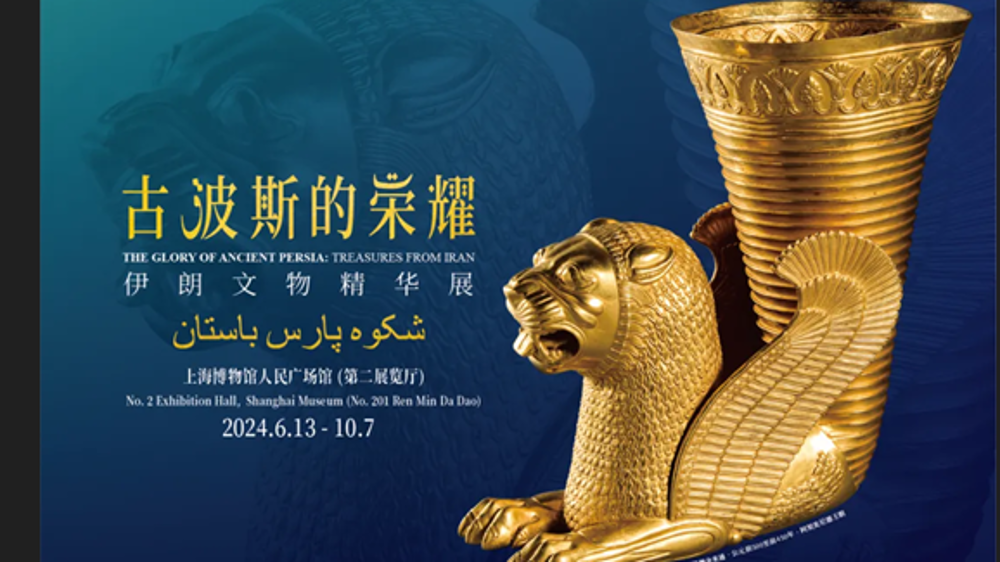UN inscribes two Iranian rituals, one artistic technique on its heritage list
The United Nations cultural agency UNESCO has inscribed two Iranian rituals and one decorative art on its list of world’s intangible heritage.
The UNESCO said on its official page on the X platform, formerly known as Twitter, that it had included the ritual of Eftari and its socio-cultural traditions in its list of Intangible Cultural Heritage of Humanity based on a joint case submitted by Iran, Azerbaijan, Turkey and Uzbekistan.
Eftari, known in many Arab Muslim countries as Iftar, is a ceremony observed at sunset during the holy month of Ramadan in which Muslims break their fasting and engage in social and cultural activities.
In another inclusion, UNESCO inscribed Tazhib, the Iranian art of illumination, on its list of intangible heritage based on a request by four countries of Iran, Tajikistan, Turkey and Uzbekistan.
Tazhib is a centuries-old decorative art practiced on the pages of manuscripts, calligraphic texts and miniatures.
The UN cultural agency also listed Sadeh celebration as a global form of intangible heritage based on a case submitted by Iran and Tajikistan.
Dating back to the Achaemenid Empire, Sadeh is a festival hold by the Zoroastrian community in Iran and other countries in mid-winter to honor fire and to defeat the forces of darkness and cold.
The inscriptions were granted during UNESCO’s 18th session of the Intergovernmental Committee for the Safeguarding of the Intangible Cultural Heritage which is being held on December 4-9 in Cresta Mowana Resort in Kasane, Republic of Botswana.
VIDEO | Press TV's news headlines
‘300,000 Palestinians’ return to Gaza amid Israel-Hamas ceasefire
VIDEO | EU lawmakers sceptical about Gaza ceasefire
VIDEO | Gazans reaffirm their commitment to their land
Ansarullah: Real peace to be established only through return of Palestinians to their homeland
Reject all Zionist schemes: Hamas to global Muslim Nation
VIDEO | Triumphant return home
Iran’s largest carmaker breaks daily record for production










 This makes it easy to access the Press TV website
This makes it easy to access the Press TV website